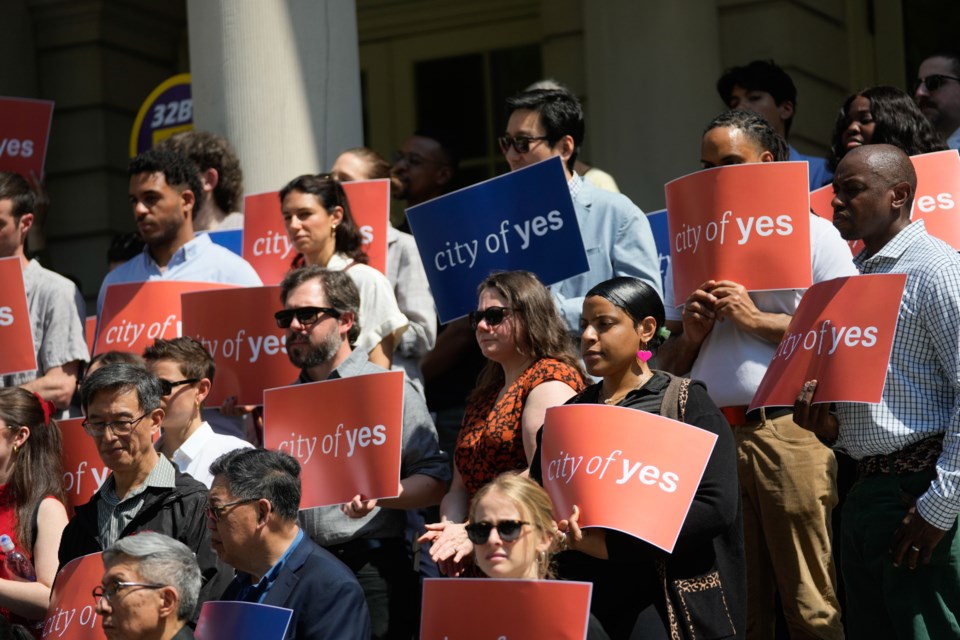The public review period for New York City Mayor Eric Adams' “City of Yes for Housing Opportunity” plan has started.
The proposal asks for a set of zoning and law changes to increase overall housing supply, according to a news release.
The New York City Department of City Planning (DCP) released the draft environmental impact statement of the proposal, which estimates it could produce as many as 108,850 new homes over the next 15 years.
The proposal will now be reviewed by community boards and borough presidents, before the City Council will vote on it before the end of the year.
"In Downtown Brooklyn, we know first-hand how neighborhoods where people can live, work, learn and play function as vibrant economic engines for New York City, and the City of Yes for Housing Opportunity would pave the way for more mixed-use corridors while also addressing the ongoing housing crisis,” said Regina Myer, president of the nonprofit Downtown Brooklyn Partnership. “It is exciting that these smart zoning updates are moving forward in the public approval process, and we look forward to seeing City of Yes for Housing Opportunity become a reality.”
Prior to the start of public review, DCP and the New York City Department of Housing Preservation and Development (HPD) conducted outreach with New Yorkers, including 10 public information sessions, two years of meetings with impacted stakeholders and released an annotated version of the draft zoning text along with an illustrated guide.
The City of Yes for Housing Opportunity proposal includes lifting parking mandates for new residential construction; the Universal Affordability Preference, a bonus allowing roughly 20% more housing in developments, as long as the additional homes are permanently affordable at an average of 60% of the area median income; transit-oriented development and Town Center zoning, which would allow three-to-five story apartment buildings to be built near transit and along commercial corridors, respectively; and allowing homeowners to add accessory homes like backyard cottages.




